How Was This Picture Made #03?
I recently hung my show Plight of the Condor at Flagstaff’s High Country Conference Center. It’s an honor being recognized as so talented, egocentric and stupid that I’d dump hundreds of hours and thousands of dollars to fill an entire gallery with just my work. As this is my last, er, I mean first, one-artist show, of course I want to make a gargantuan impression. My subject is the California Condor, the largest bird in North America and with a population of only 425, one of the most critically endangered species in the world.
 كيف تم صنع هذه الصورة رقم 03؟
كيف تم صنع هذه الصورة رقم 03؟
لقد قمت مؤخرًا بتعليق عرضي "Plight of the Condor" في مركز المؤتمرات High Country في فلاجستاف. إنه لشرف عظيم أن يتم الاعتراف بي كشخص موهوب وأناني وغبي لدرجة أنني أمضيت مئات الساعات وآلاف الدولارات لملء معرض كامل بعملي فقط. بما أن هذا هو عرضي الأخير، أعني الأول، لفنان واحد، بالطبع أريد أن أترك انطباعًا هائلاً. موضوعي هو كوندور كاليفورنيا، وهو أكبر طائر في أمريكا الشمالية ويبلغ عدد سكانه 425 شخصًا فقط، وهو أحد أكثر الأنواع المهددة بالانقراض في العالم.
I recently hung my show Plight of the Condor at Flagstaff’s High Country Conference Center. It’s an honor being recognized as so talented, egocentric and stupid that I’d dump hundreds of hours and thousands of dollars to fill an entire gallery with just my work. As this is my last, er, I mean first, one-artist show, of course I want to make a gargantuan impression. My subject is the California Condor, the largest bird in North America and with a population of only 425, one of the most critically endangered species in the world.
لقد قمت مؤخرًا بتعليق عرضي "Plight of the Condor" في مركز المؤتمرات High Country في فلاجستاف. إنه لشرف عظيم أن يتم الاعتراف بي كشخص موهوب وأناني وغبي لدرجة أنني أمضيت مئات الساعات وآلاف الدولارات لملء معرض كامل بعملي فقط. بما أن هذا هو عرضي الأخير، أعني الأول، لفنان واحد، بالطبع أريد أن أترك انطباعًا هائلاً. موضوعي هو كوندور كاليفورنيا، وهو أكبر طائر في أمريكا الشمالية ويبلغ عدد سكانه 425 شخصًا فقط، وهو أحد أكثر الأنواع المهددة بالانقراض في العالم.

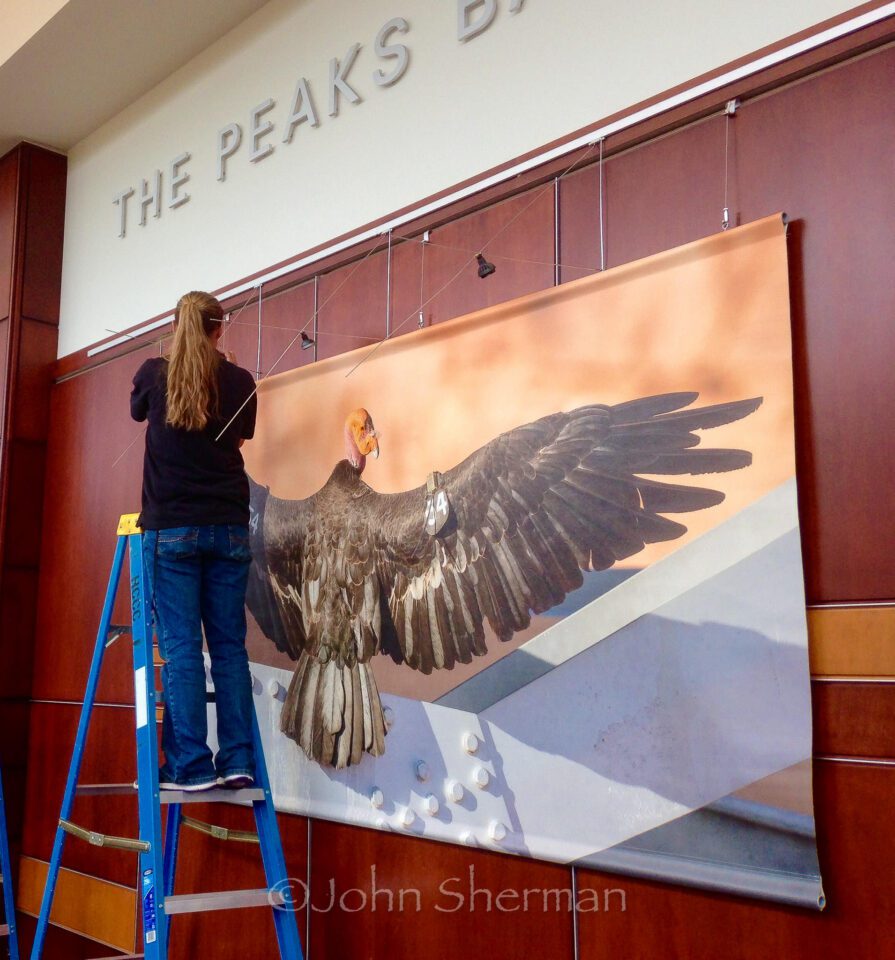
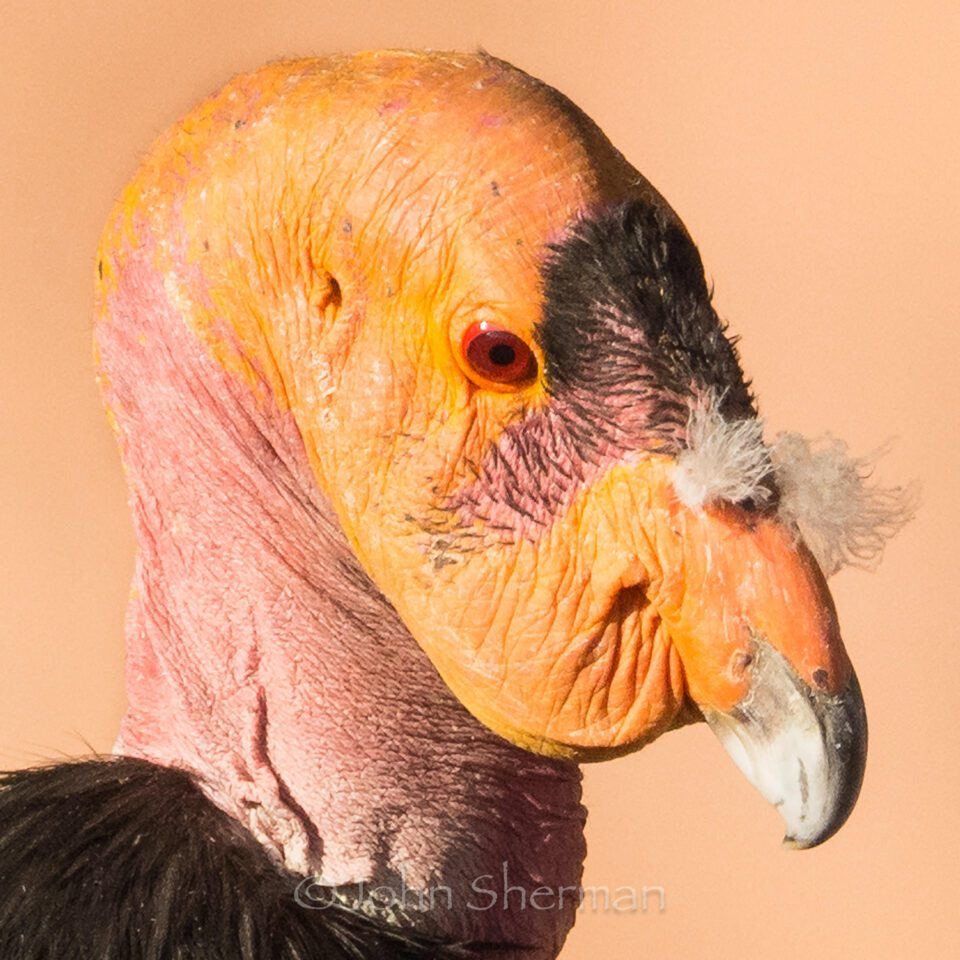
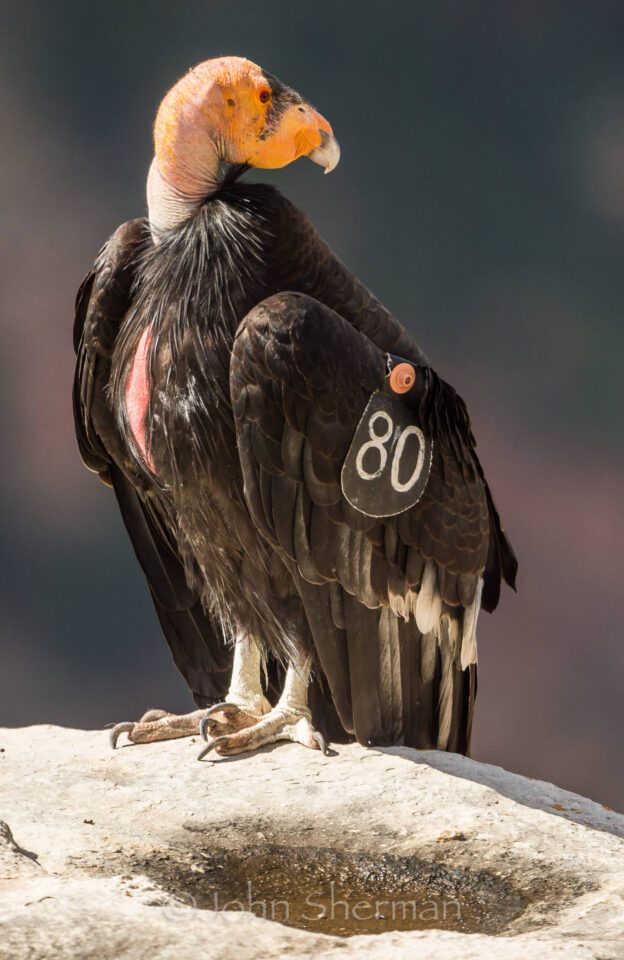
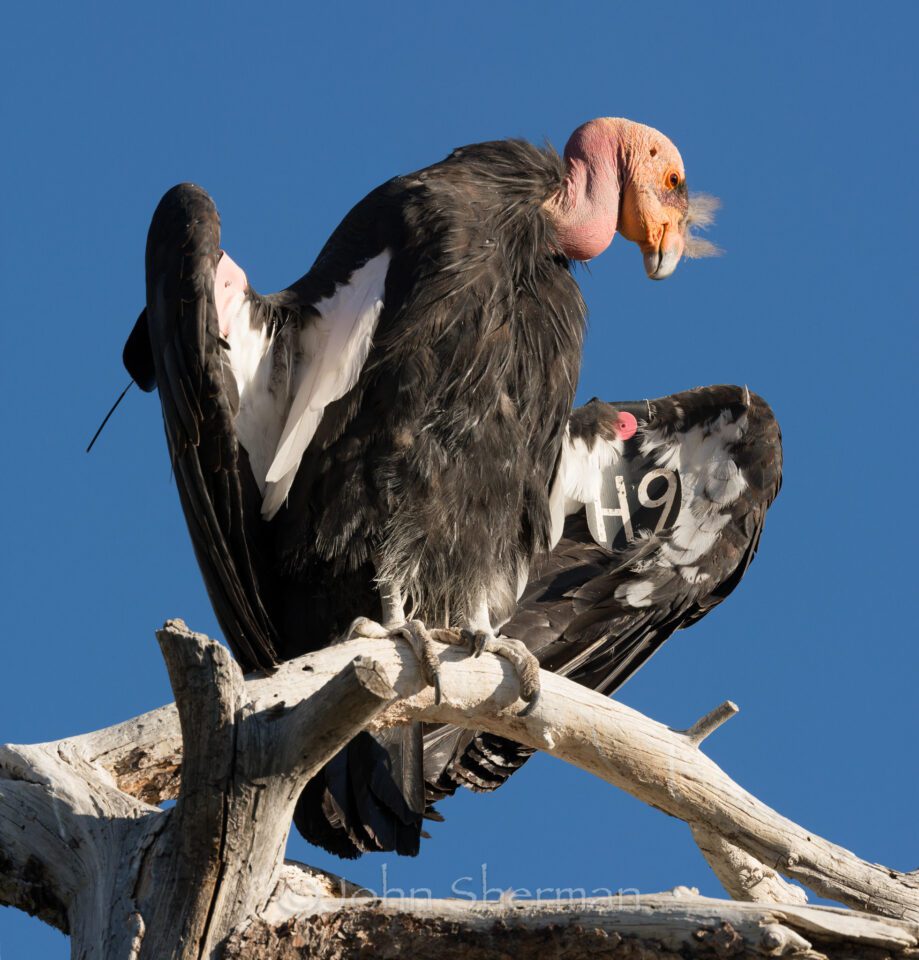
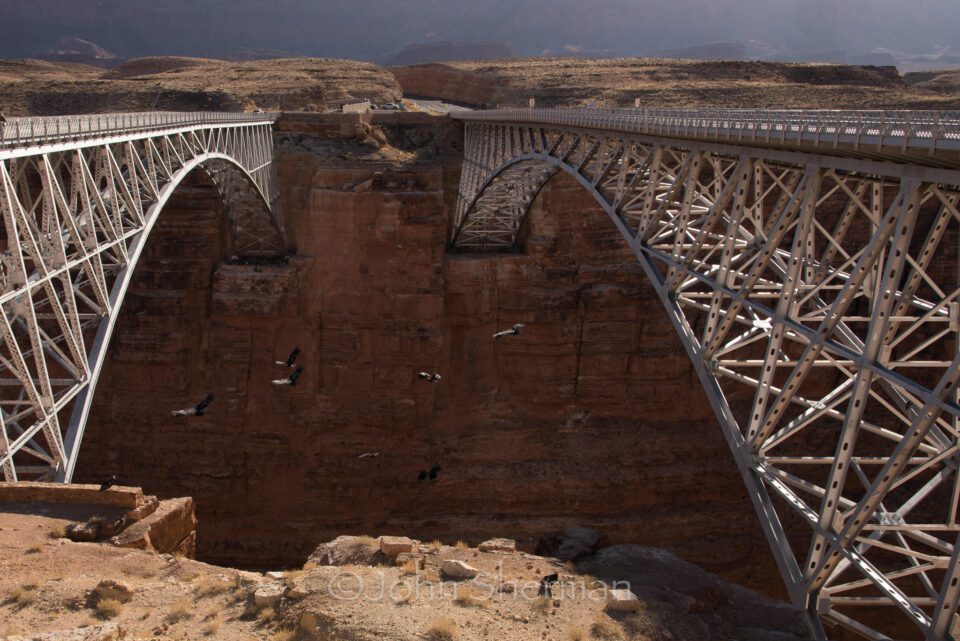
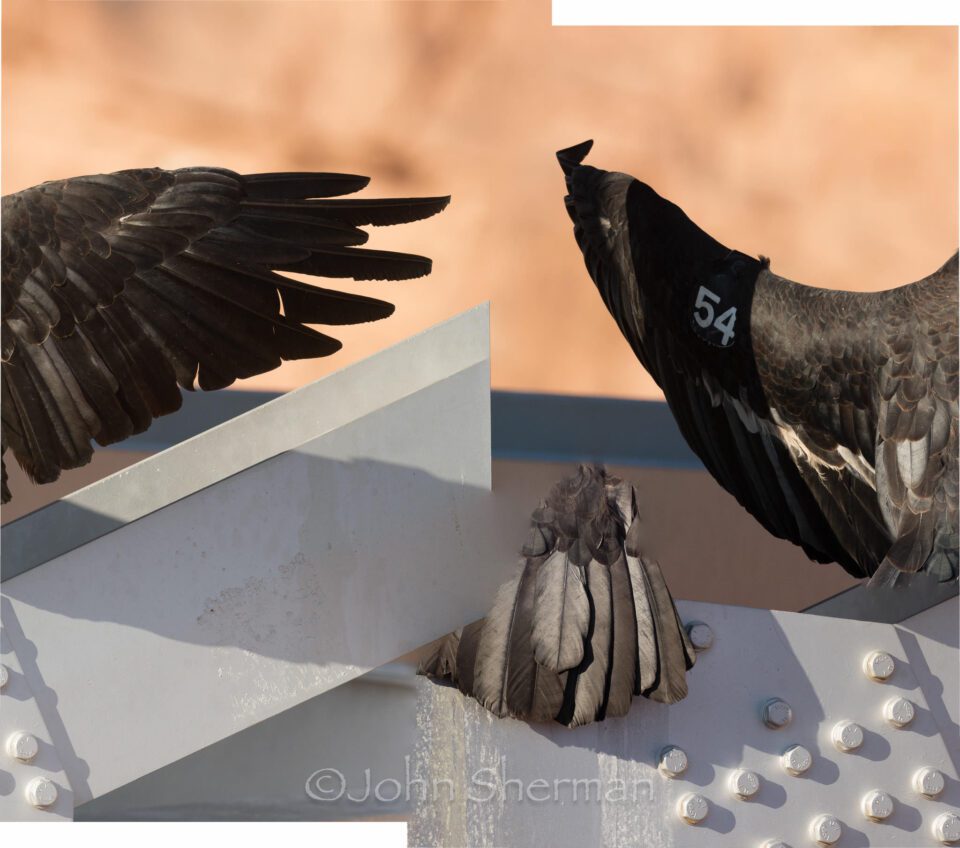
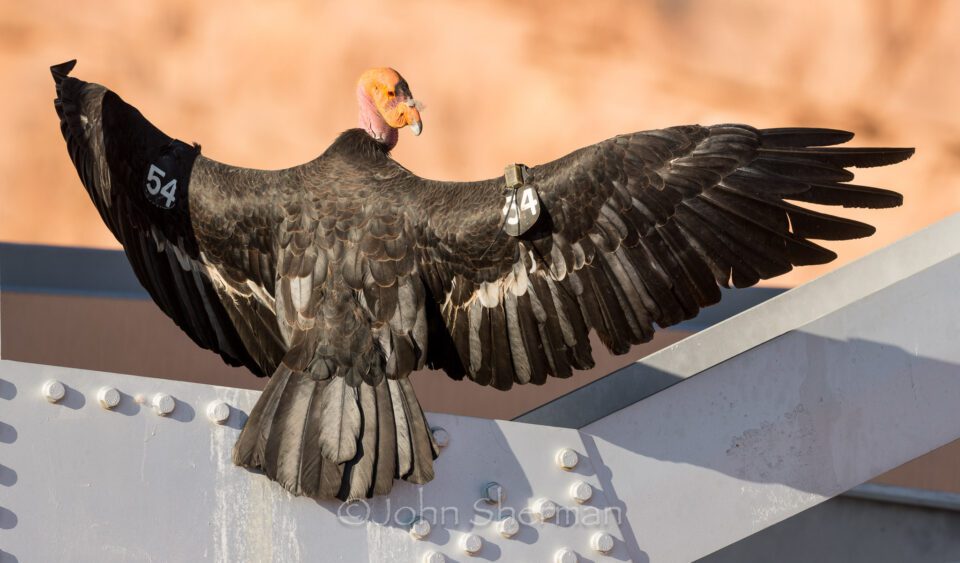
تعليق